Theroux’s Tao of Travel: 10 rules of travel I try to live by
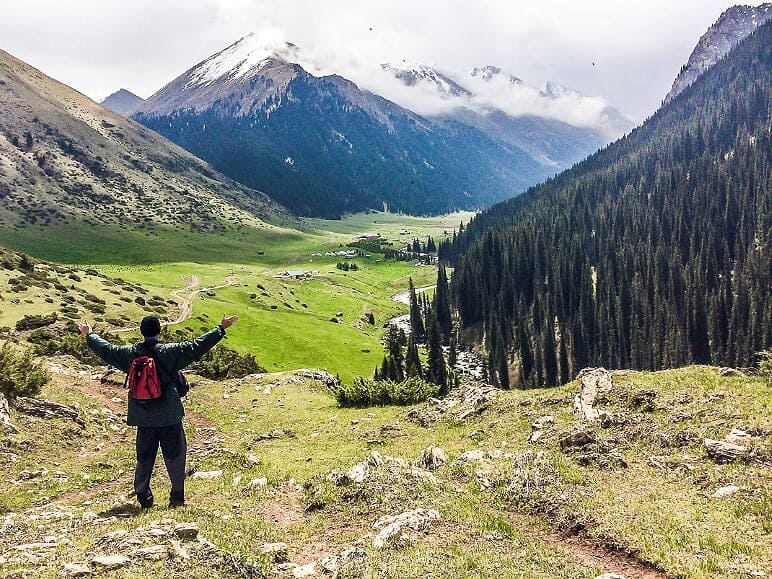
While you’re reading this, I’ll be somewhere in Tokyo trying to see the world’s biggest city in 36 hours. I’m on my way to Kyoto where I want to see the cherry blossoms on my birthday Friday. I’ve been to Japan once: a long layover where I barely had time to see Naritasan Plum Garden near the airport and drink some soup. This time I want to taste the sushi and smell the flowers.
Ironically, I just finished a book with a Japanese bent. Paul Theroux’s Tao of Travel is a collection of travel philosophies from famous travel writers through history, including Theroux, my favorite living writer. He talks about the importance of travel, different travel styles and how travel affects us all.
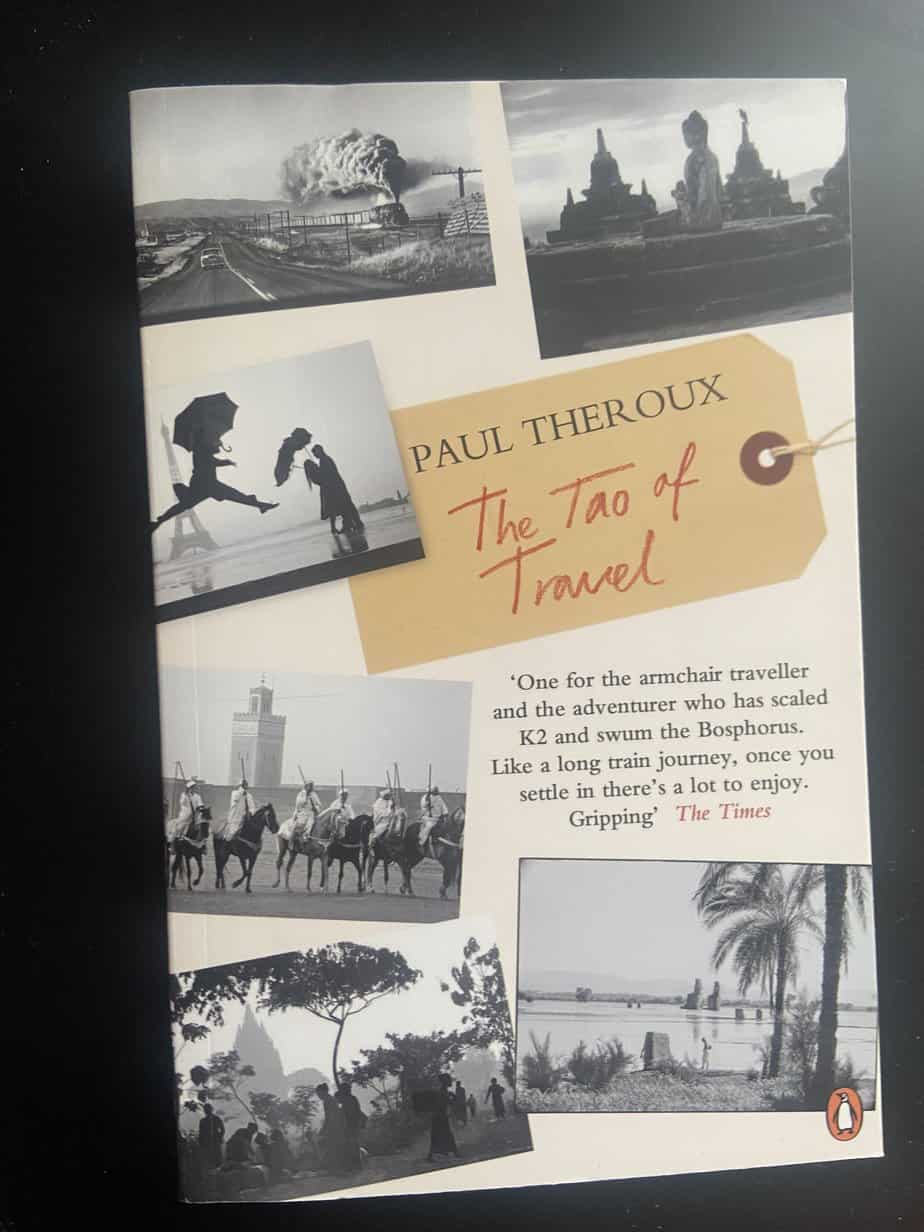
It moved me. Not only did it reinforce my view that there is so much more of the world to see and that travel has shaped me into what I am, I also learned I’m not too old to change. At the end of the book, Theroux wrote “The Essential Tao of Travel.” It’s only one page. It lists his 10 rules of travel. Some I do. Some I don’t do. Others I will do.
If you’re a traveler, look at the list of the greatest travel writer alive and see how your travel style fits his:

Leave home
This one threw me. I wish Theroux explained. I think he meant what I learned from my first overseas experience: a solo trip around the world in 1978-79. I learned that the hardest step you must take in traveling is the first step out your door. After that it’s all downhill.
You soon realize that the world isn’t full of trapdoors, weird food and loneliness. You find you actually do enjoy your own company and can negotiate the world’s crossroads better than you thought. And sometimes that weird food is pretty good.
Snails? Who knew I’d like escargot until I went to Paris?
Traveling also builds confidence that you carry with you your entire life. Your car breaks down on an American freeway? No problem. Remember that time your rental car broke down in France? You survived and actually had a good time.

Go alone
I traveled around the world alone on purpose. I needed to discover my independence. I needed wings. I was an emu, a flightless bird. All through college at Oregon, I couldn’t go to a 7-Eleven alone. I spent a year overseas by myself and came home a changed man. I never got lonely. I handled adversity better. I could indeed go alone to a 7-Eleven.
I may have overdone it. It turned me into a bit of a loner. I never married. I shun video calls. I only travel with a girlfriend or alone.
A fellow solo traveler I met in Jamaica in 1982 told me something that has stuck with me ever since: When you travel alone, it’s never crowded. It’s true. You have the freedom to go where you want and do what you want when you want. There is no discussion. There is no committee. There is no compromise.
As my travel writing career expanded, I learned that traveling alone prevents outside opinions from changing mine. Travel writing is highly personal. The importance of impressions and experiences is the point. You can’t have outside noise telling you what to think.
Fortunately, Marina and I are on the same wavelength. We complete each other’s thoughts.
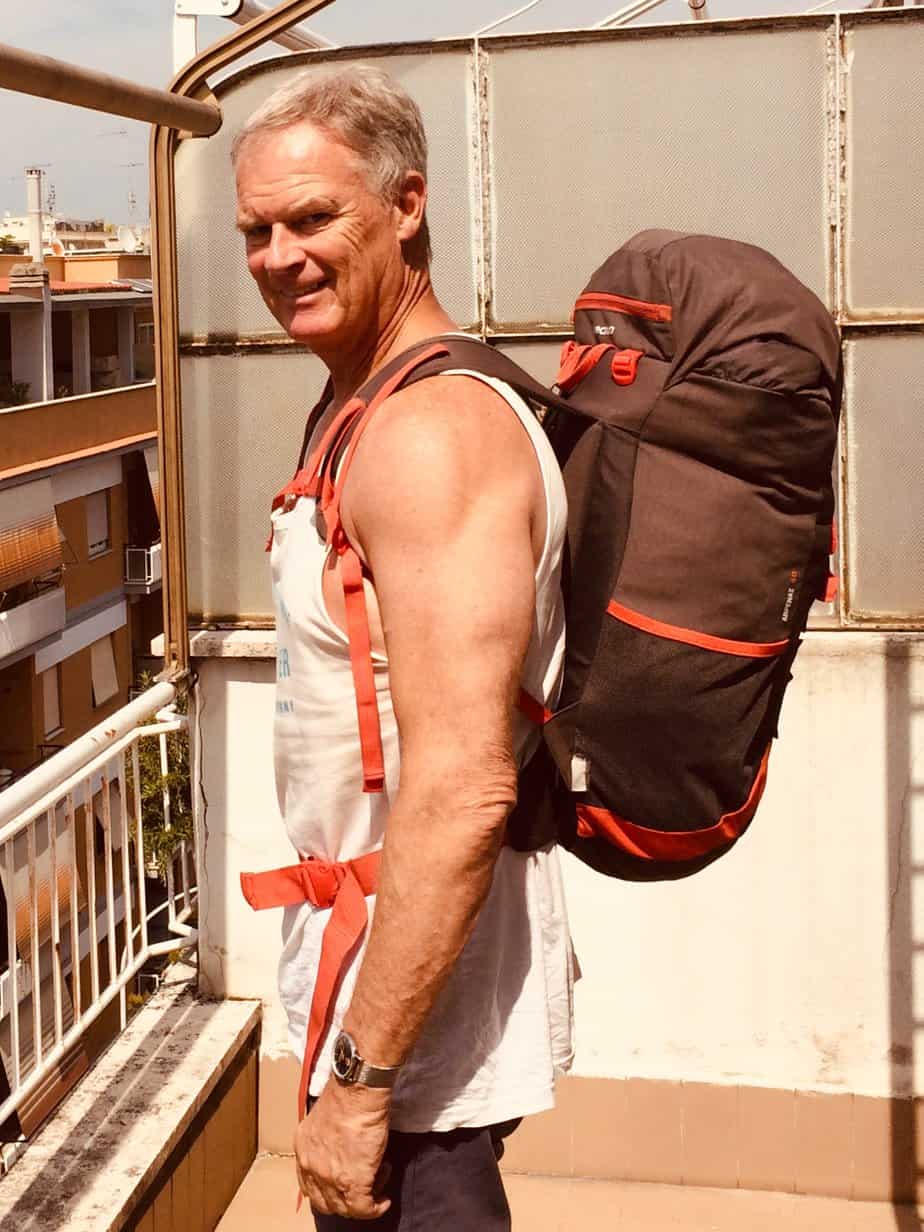
Travel light
This is huge for two major reasons: One, airlines post-Covid are recouping money they lost by sodomizing passengers with luggage fees. Checking a bag costs almost as much as a flight. Get all your things in a small bag you can stick in the overhead bin. Airlines even nick you for that but at least when you get the bill you won’t need a lubricant.
I almost always travel with a small backpack. It not only fits overhead but it satisfies my other requirement: It’s easier to carry. Walking through city streets, subway mazes or rural dirt roads, dragging a roller bag is problematic.
Putting everything on my back allows me to move quickly and keeps my hands free to carry anything extra, not to mention take notes about what I see.
A small backpack isn’t big enough for all your clothes? I tell new travelers to decide what clothes they want to take – then put away half. Wear everything at least twice. If you pack something you didn’t wear, you blew it.

Bring a map
In light of GPS, this is interesting. A map. Remember those? You stuffed it in your back pocket and hoped you remembered how to refold it. By the end of your trip it’s as tattered and torn as your last sheet of toilet paper. I haven’t used a map in years.
But Theroux’s point is that using a map forces you to engage with locals. You will inevitably be confused and must ask a stranger for directions. Hopefully, you’ve learned “Where is …?” in the local language.
In some countries, people will walk you to your destination. You talk along the way. You might get a tip on a local restaurant or even make a friend. In 1978, I was behind the Iron Curtain in Budapest. I asked a man for directions and we wound up talking. He was a soldier. He told me harrowing stories about life under communism.
Ferenc and I have been friends ever since.
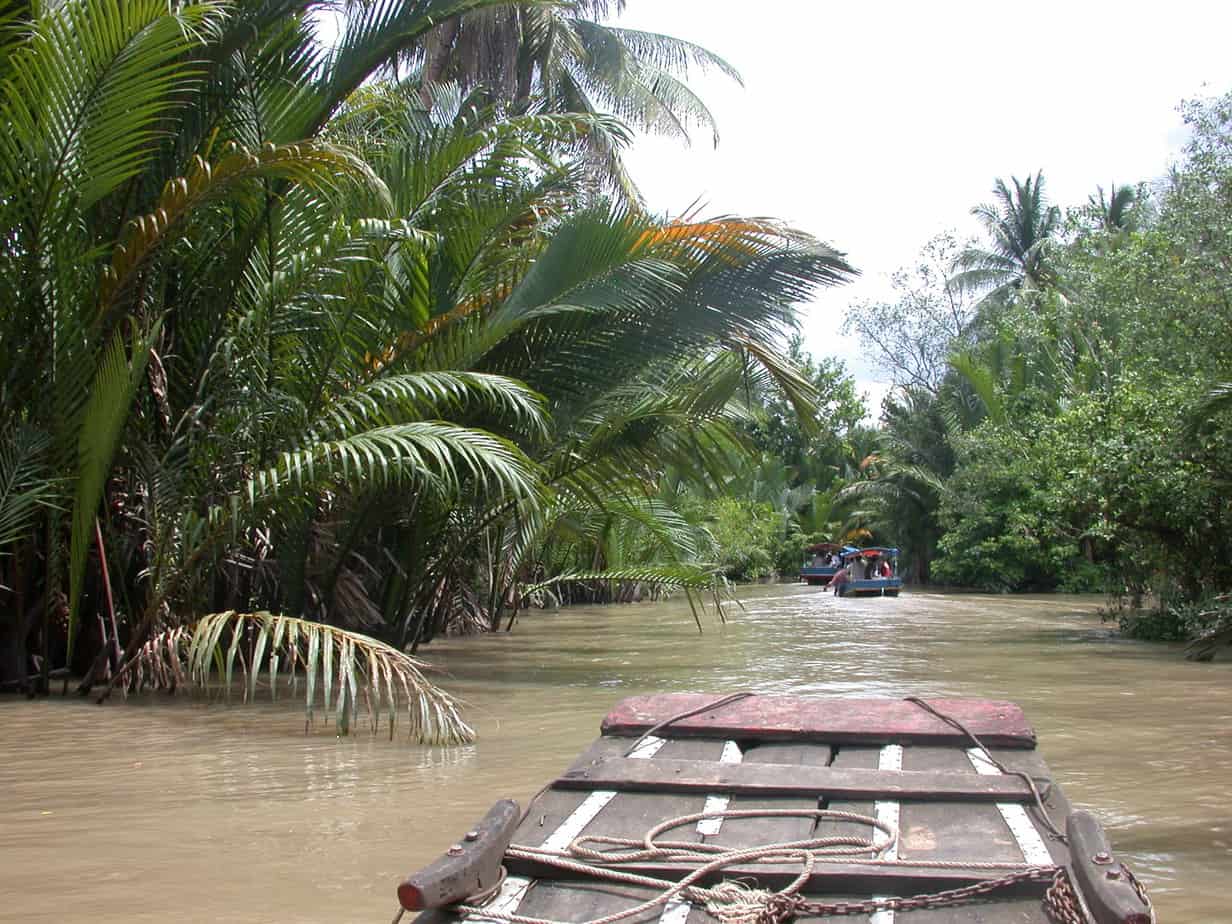
Go by land
I fly too much. Last year I flew almost 9,700 miles. I saw nothing. If I’m lucky and fly in Europe on a sunny day I’ll catch the snow-capped Alps. Traveling overland you see how a country changes, from the exquisite nature in the countryside to charming villages you’d skip over otherwise.
When I traveled around the world, I couldn’t afford to fly. I bought a Eurail pass and took trains all over Europe for three months. I went to villages I randomly pointed at on a map. I took boats, included in the pass, down Germany’s Rhine and Mosel rivers. I discovered my love for German white wine in Bernkastel, a lovely town on the Mosel.
After the pass expired, I hitchhiked through Northern Italy, Switzerland, Austria, Hungary and Greece. I got taken into homes for meals. I ate warm, homemade bread with melted butter in a bakery in Delphi, Greece, as the sun came up.
Now, financially independent, I usually fly into a place and discover the area. I’ll take one day trip.
Maybe I haven’t learned from myself.
Walk across a national frontier
If you have patience, these are actually fun. I’m not talking about sitting in a car waiting for hours to cross from Tijuana to the U.S. I’m talking about taking a slow boat from Ho Chi Minh City to the Cambodian border and walking past a water buffalo to a hut where an old communist hand examined my documents.
Or dealing with Hungarian border guards who eyed me suspiciously as I entered their communist country with a Polish truck driver who gave me a lift while hitching. I joked with the Tanzanian passport police at a checkpoint before crossing the Kenyan border.
I always look across the border at my first sighting of a native. What are they wearing? How different do they look? Are they smiling? Are they staring?
Instead, most of the time I’m at an airport across from some immigration drone who never looks up from my passport behind his glass-enclosed booth.

Keep a journal
I first started keeping a journal a month into my trip around the world. Traveling alone, it became my travel buddy. I could describe in it, complain in it, reason in it. It wasn’t very good. Living on $15 a day, much of it was math: How much could I spend in Spain if I up my budget to $20 a day in Paris?
More than 40 years later, I still keep a journal on trips of more than a week. It often becomes a sounding board for whatever amazes or ails me. I sat on a rooftop bar in Agra, India, describing the amazing sight of the Taj Mahal, right in front of me in the distance. The words poured from me like a waterfall.
I also spilled my guts – and soul – when a Brazilian lingerie saleswoman living in Zurich dumped my sorry ass for her ex-boyfriend during a previous trip to Rome. He threatened suicide if she didn’t return to him. I responded with, “So? Let him.”
Maybe I deserved it.
I carry with me an AlphaSmart, a small word processor that weighs less than a pound and is battery operated. It fits into the back of my backpack and I can pull it out and write anywhere. Airports. Park benches. I once wrote 1,000 words with my back leaning against a camel in the Tunisian Sahara.
The best part about a journal is you can go back and read it years later. Material possessions get old; memories never do.

Read a novel that has no relation to the place you’re in
Sorry, Paul. This is where I draw the line. I try to read a book ABOUT the place I’m in wherever I go. It not only gives me insight into the places I’m seeing live but it makes me feel I’m further inside the culture.
In December in Algeria, I read Albert Camus’ The Plague, the 1947 masterpiece novel about the bubonic plague which nearly destroyed his beloved seaside home of Oran, Algeria. In Sri Lanka in 2015, I read Seasons of Trouble, Rohini Mohan’s riveting 2014 book about the Sri Lankan Civil War.
Since retiring to Rome in 2014, I’ve read 36 books about Italy. Sitting on my couch or balcony or at my corner bar, reading about Italy makes me feel part of the society.
It goes especially well while traveling. I took to Japan Abroad in Japan, about an Englishman who spent 10 years living there. His name is Chris Broad. Great title. I look forward to reading it in the shadow of cherry blossoms.
If you must bring a cell phone, avoid using it
One of my most devastating experiences abroad since moving to Rome was my first day in Sri Lanka when my cell phone died. I spent the entire next day waiting for a conscientious techie to revive it. He couldn’t. So much for my daily reports on Facebook. No way could I send pithy texts to friends around the world.
Turns out it was the best break of the trip.
When I dined alone, instead of burying my head over a tiny four-inch screen, my head was on a pivot, seeing people, observing their lives, scribbling details.
One day I went to a bar during the Cricket World Cup. Sri Lankans are mad about cricket. Instead of tapping out a shallow description of a beach to a friend in Oregon, I engaged a local into teaching me the finer points of the game. We talked for two hours.
Meanwhile, I looked at the table next to me and two couples hadn’t spoken to each other – or anyone else – for an hour. They were too busy downloading photos, just to show their world what a great time they were having and didn’t their friends wish they were there!
Just like I do. That must change.
The episode made me grateful I traveled pre-Internet. That’s when traveling alone forced me to meet locals, for directions if nothing else. These days, nothing says getting away from it all in Japan than scrolling ESPN.com to catch the UConn score.
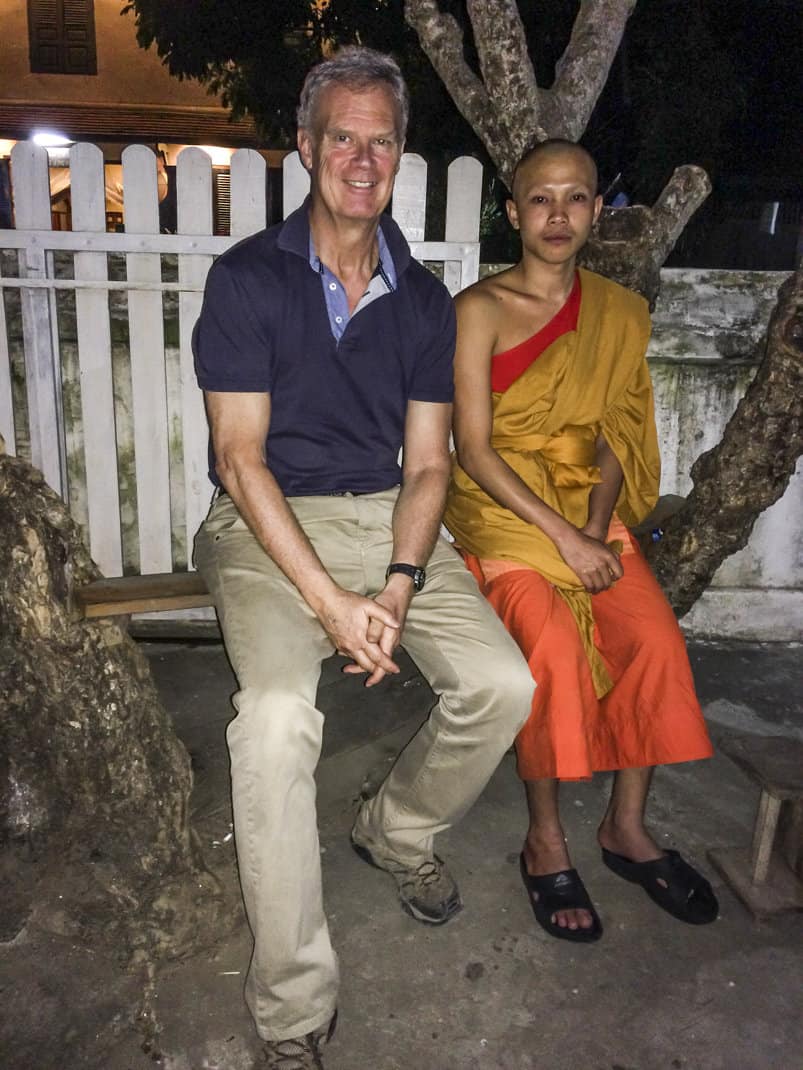
Make a friend
This is the holy grail of travel. It’s all about meeting the locals. I want to leave every country with a better understanding than when I arrived. I’m a journalist. I have a ton of questions. And one thing people around the world have in common: They all love talking about their country. One thing also helps.
I drink.
I love to drink. I go to a lot of bars. I love tasting the local concoctions, whether it’s a regional wine in France or a rum in Tobago. If I’m sitting near a local, I’ll start a conversation with, “Excuse me, I just arrived here the other day. Can I ask you a question about your country?”
They never say no.
When I know someone living there, I make sure we go out and see his world. There is no better way inside a culture than through the eyes of a local.
How accurate is it? Who cares? These are just impressions. If an American stayed with me in Rome for a week, he’d get a totally different impression of the city than if he stayed with my neighbor for a week. He may have a positive experience with me or a lousy one with him.
Before we could put our entire lives on a cell phone, I had a little black address book filled with dozens of names and addresses of friends I made around the world. I made a point to send them postcards. I always invited them to stay with me if they visited the U.S.
Now we’re reduced to cold emails and texts. But technology doesn’t prevent you from reaching across a barstool and shaking hands with someone from another world.
Sayonara.


March 26, 2024 @ 3:39 pm
Yes to all of these, except I’m terrible at keeping a journal. I make notes but not full fledged sentences. And I’d add another: Talk to people! Not just those you hear speaking your own language. Make an effort to learn a few phrases and use them. I had a wonderful winery guide in Portugal who had a great time helping me with pronunciation and we ended up talking for hours in a mix of Portuguese and English. And be curious – ask people about their lives and likes. In the Faroe Islands we convinced a guide to take us to where he lived, show us his little town and his office and all those normal life things. We learned more about life on a tiny island in the far North Atlantic than we ever would have at another tourist spot.
April 1, 2024 @ 10:21 pm
Thanks, Janet. It’s also so much easier to talk to people when you’re alone. Marina and I have really cut down on our interactions with locals. It’s sad. But we’re so into our own conversations and observations, we don’t make the effort.
March 27, 2024 @ 8:24 am
Awesome John!! I’m with you on reading something about the country I’m visiting! Enjoy the cherry blossoms on Friday (I saw them on St Patrick’s Day here in DC…way too early to bloom…crushing climate change). Happy Birthday. Question – will you be looking down at your phone checking the UCONN score (I think it’s on at 8:30AM Tokyo time)??
April 1, 2024 @ 10:19 pm
We were crushed when we learned the unseasonably cold weather wiped out the cherry blossom crop. But if you saw my Facebook posting, a nice woman in the Kyoto tourist office told us three places where they bloomed. She was right. They were gorgeous and highlights of our trip. I did check the March Madness scores. It was easy. All the games started in the morning or early afternoon in Japan.
March 27, 2024 @ 5:17 pm
John, While in Japan, get a copy of one of my favorite books,BRIDGE TO THE SUN by Gwen Terasaki who was an American married to a Japanese who was forced to return to Japan in WW2 and how the Japanese reacted to her. For fun read JAPAN ITS NOT ALL RAW FISH by Don Maloney. We lived in Kyoto for 6 mo and I read lots of books on that city’s and the country’s history. Even the popular SHOGUN which is being serialized on HULU now is worth the read. Mishima’s TEMPLE OF THE GOLDEN PAVILLION is helpful to read before visiting that wonderful site. The over 3000 temples in shrines are truly oases from the noise of the city. Don’t waste time in Tokyo, spend it all in Kyoto.
Be sure to do the walk from Kiyomizu Dera to the Gyozzen Kannon and stop to have tea or lunch at the lovely carp pond tea room along the way.
Have a wonderful birthday and drink a sake for me. Kyoto and Japan changed my life.
April 1, 2024 @ 10:17 pm
Thanks, Alice. I just landed from a 13-hour flight from Shanghai. Actually I’m reading “Abroad in Japan,” about a British college graduate named Chris Broad who goes to rural Japan to teach English and winds up living in the country for 10 years. I liked Kyoto but it has two of the world’s wort tourist traps. We just loathed Fashimi and the Bamboo Forest. But we escaped to Tofuku-ji and the shrine of Oh-Kohchi Denjiro. Now those were orases. Seemed the Japanese tourists flocked to anything that was free. One week is too short. Japan is SO cheap now. You won’t recognize the prices. Reverse sticker shock.
April 3, 2024 @ 2:19 pm
Another great article..thanks John. Certainly learn some basic phrases in the language of the country to which you are traveling and force yourself to use them as you travel. I’ve done so in Turkey, Greece, Brazil, Guatemala, etc., but found I also needed it in remote mountain villages in Austria. I usually write them down then read them to the first or second person with whom I want to communicate. After that I have usually memorized them and can use them freely.
P.s. I hope your cough has subsided…safe travels.
April 4, 2024 @ 9:06 am
Thanks, Rosanna. Your memory is better than mine. In my younger years, I could memorize short phrases on the plane ride in. Now I am constantly referring to my cheat sheet when I talk. By the time I commit them to memory, I’m flying home. Some places, like Iceland, have different ways to say different basic things. I’d ask three people and get three answers, all of which were unpronounceable. Iceland is the only country where I quit trying to speak the language and went with English everywhere.
April 14, 2025 @ 5:19 am
Hi Rosanna! My name is Sanjay Jayaswal. You used to study dance with my mom in Kalamandiram in Los Angeles. We would love to get back in touch with you. You can find me on LinkedIn. Hope you and Michael are well.